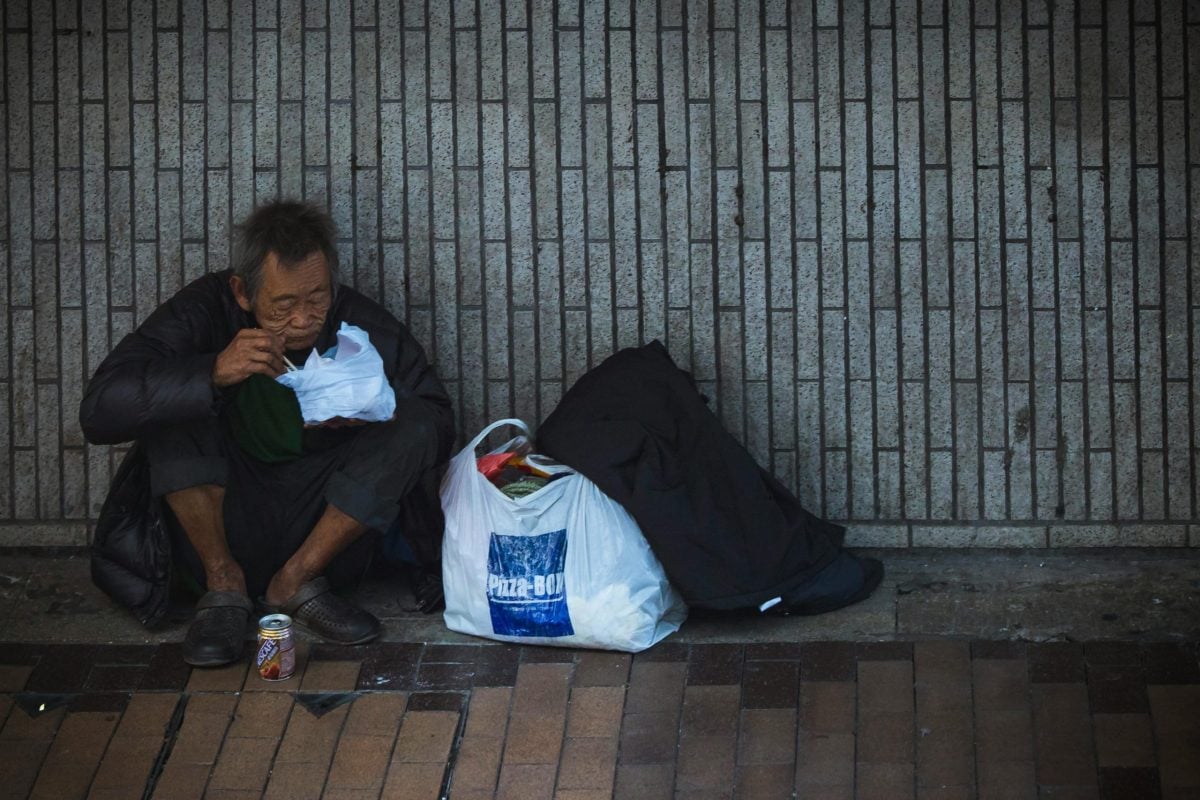Uncategorized
Exploring the Freedom of Handlebars in Irish Culture
handlebars
Estimated reading time: 5 minutes
- Freedom and adventure through the eyes of childhood
- The symbolic significance of bicycles in Irish culture
- The connection of stories and resilience through journeys
- Historical context and community impact of cycling
Introduction
The Freedom of Two Wheels
Stories Shared Over Handlebars
The Handlebars of Life
Did You Know?
FAQs
Final Word
In the heart of a bustling Irish town, where every cobblestone could tell tales of glory and despair, a small boy once sat alone in a dimly lit garage, tinkering with the handlebars of his first bicycle. Little did he know, that day would unfurl adventures leading him into the rich tapestry of Irish identity, bound in stories as wild as the wind tunneling through the valleys.
The Freedom of Two Wheels
Ah, the bicycle—the unsung hero of many a young Irish lad’s adventure. It’s not just a mere contraption of metal and rubber; it’s a chariot of freedom! I remember my own first bike, a battered old thing, rusty in parts and splattered with paint from my latest failed art projects. The handlebars, slightly askew, felt like a metaphor for my own young ambitions, slightly off-kilter yet full of promise. Zooming down winding lanes, feeling the wind whisper sweet nothings in my ear, I was a king surveying my kingdom of green fields and mischievous sheep.
With each turn of the pedals, I was bound for glory—perhaps the All-Ireland finals, reliving countless days of legends like Roy Keane on the pitch, the GAA cheering in my heart. These handlebars were my compass, steering me toward adventures that stretched beyond the horizon of my small village, into the bustling streets of Dublin where echoing laughs of the diaspora reminded me of home. I could almost hear the distant harmonies of The Dubliners strumming through the corridors of memory.
Stories Shared Over Handlebars
A bicycle symbolizes more than just a how-to-get-from-A-to-B; it’s a beacon of shared moments amongst friends. It was one such day when I pedaled with my pal, Ciarán, to the local park. We laughed at shameless sheep stealing our sandwiches while cheeky crows eyed our leftover snacks as if they were coveted treasures. As the sun dipped below the hills, we found ourselves spinning tales filled with haunted fairy forts and the banshee sightings of our ancestors, eyes wide with wonder, our hearts racing like our feet on the pedals.
And yet, every joyful memory is intertwined with whispers of sorrow—the tales of generations echoed through the handlebars, teaching us resilience forged in troubled times. The distance traveled on that bike wasn’t just a physical journey, but a weaving through the richness of Irish history. Each ride was a communion with the ghosts of rebels and the laughter of our united, albeit sometimes fractured, heritage. Every scratch on the metal was a story, a reminder of our roots, and our future.
The Handlebars of Life
As life unfolds, the handlebars shake and rattle—perhaps our bikes lose a wheel, or we take a tumble—yet we get back up, humbled but not defeated. The handlebars become a metaphor for resilience amidst the ever-spinning wheels of our lives. Our ventures, whether through the gritty streets of Belfast or the serene coastlines of Kerry, teach us about connection—to our land, our struggles, and ultimately, our stories.
These handlebars are more than apparatus; they’re conduits of friendship, laughter, and the occasional argument over which way to take. As one navigates the corners of existence, it brings to mind our fathers and mothers, those brave ancestors who stood mighty against the storms of time, forging their own paths amidst turmoil—remarkably similar to a child balancing a bike for the first time on a sunlit afternoon.
Did You Know?
- The first known Irish bicycle was introduced in the early 1860s and quickly became a symbol of the burgeoning independence of the Irish populace.
- Many Irish towns celebrate local cycling events, harkening back to the days when biking was a primary mode of transport for rural families, offering a glimpse into our eco-conscious roots.
- Irish folklore often depicts nature as a living, breathing entity, reminding us that even our bicycles ride over ancient paths trodden by fairies and legends.
- Communities worldwide, especially across the Irish diaspora, still embrace the tradition of local cycling events to celebrate their culture, connecting children and families alike through shared adventures.
FAQs
What is the significance of bicycles in Irish culture?
Bicycles represent freedom, nostalgia, and connection in Irish culture, linking past stories with present experiences, much like how the GAA jerseys recall memories of triumphs on the field. Check out our collection of GAA jerseys to celebrate our sports culture.
Are there any historical rides in Ireland?
Yes! Many towns offer historical cycling tours that delve into the rich tapestry of Irish heritage, weaving in tales of rebellion and folklore that mirror the journeys of our beloved cyclists. Explore more about these adventures and gear up at HubIrish.
Final Word
So next time you grip the handlebars, whether on a bicycle or the journey of life, remember the tales intertwined with that metal frame. They pulse with laughter, courage, and unbeatable Irish spirit. If you carry the same pride we do, you’ll find a piece of home waiting at HubIrish.com.

